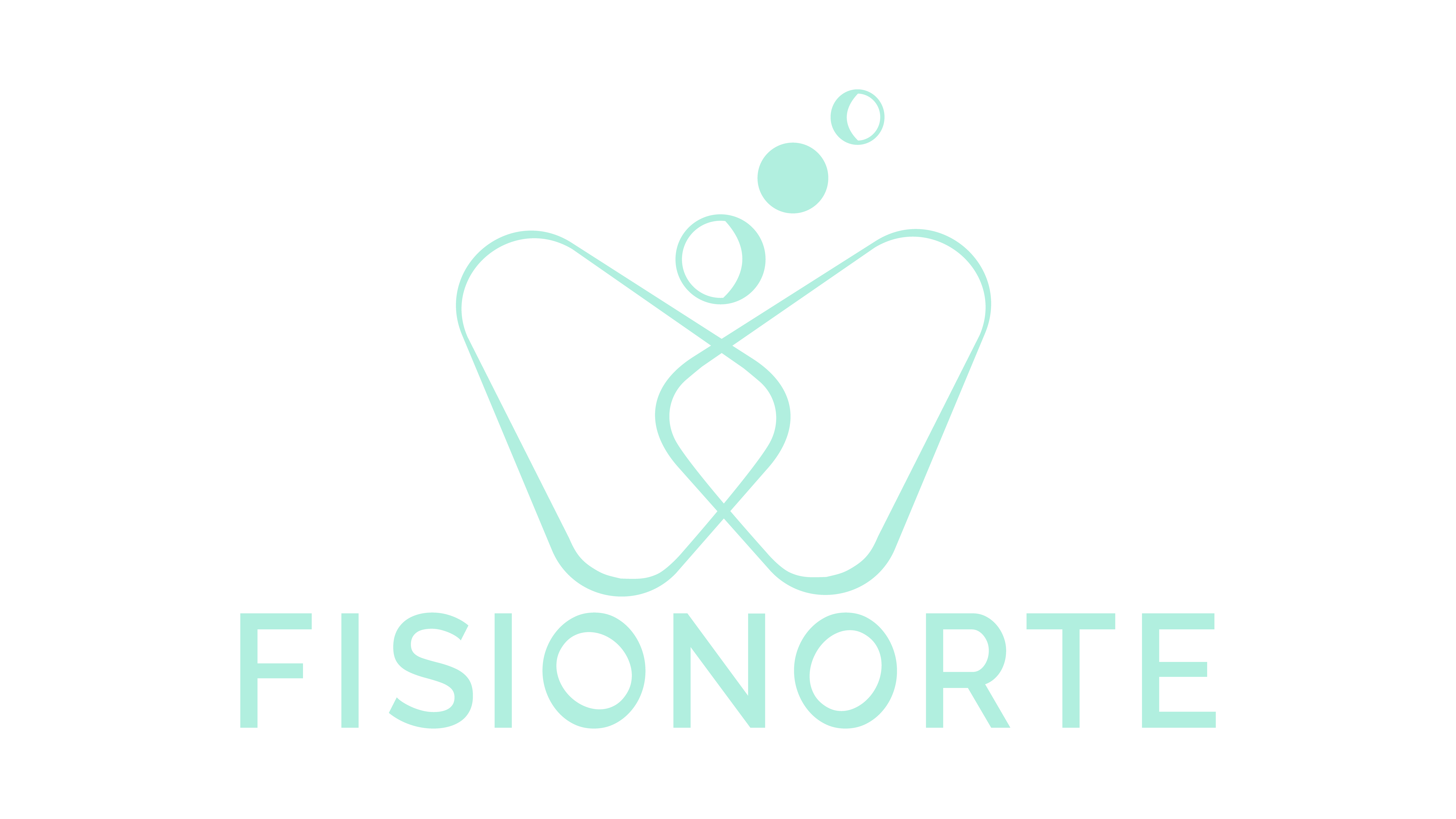Sallie Mae

This page try a compilation regarding blogs sections i’ve doing so it search term. For every single heading is related towards totally new blog site. For each hook into the Italic try a link to an alternative search term. As the our blogs area has over step one,five hundred,000 articles, readers had been requesting a feature that enables them to see/see posts that rotate up to particular keywords.
1.Government-Paid Companies (GSEs) [Amazing Blogs]
government-sponsored enterprises (GSEs) play a crucial part on the bond market, offering a unique avenue for investors to diversify their portfolios while supporting vital sectors of the economy. These agency bonds, issued by GSEs, are backed by the full faith and credit of the United States government, making them a relatively safer resource alternative. In this section, we will delve into the various types of agency bonds issued by GSEs and explore their significance in the bond market.
1. federal National Mortgage association (Fannie Mae): Fannie Mae was established in 1938 to provide stability and liquidity to the mortgage market. It purchases mortgages from lenders, pools them together, and sells them as mortgage-backed bonds (MBS) to investors. By doing so, Fannie Mae helps to ensure the availability of affordable housing finance options for Americans. Fannie Mae may purchase this mortgage from the bank, providing liquidity to the bank and enabling it to issue more mortgages to other homebuyers.
2. federal Home Loan mortgage Corporation (Freddie Mac): Similar to Fannie Mae, Freddie Mac operates in the additional home loan sector. It purchases mortgages from lenders, packages them as MBS, and sells them to investors. The primary goal of Freddie Mac is to promote homeownership and provide stability to the housing market. Both fannie Mae and Freddie mac play a very important character for the making sure the availability of affordable mortgage financing to borrowers, supporting the housing market’s overall health.
3. Federal Farm Credit Banks Funding Corporation (FFCBFC): The FFCBFC issues bonds on behalf of the farm Credit system (FCS), a network of cooperative banks providing credit and financial services to farmers, ranchers, and agricultural cooperatives. These bonds, known as Farm Credit Systemwide Bonds, are backed by the pooled assets of the FCS banks. The FFCBFC raises funds through the sale of these bonds and then lends the proceeds to individual FCS banks, enabling them to offer competitive rates of interest to agricultural borrowers.
4. Tennessee Valley Authority (TVA): The newest TVA is actually a new GSE that operates since a home-money organization. It will make electricity and you will carries it to users, utilizing the cash to pay for its operating costs and you may money infrastructure strategies . same day loans North Carolina New TVA things securities to finance their procedures and you may financial investments in stamina age group, transmission, and you can environmental stewardship. This type of bonds are considered secure investments due to the TVA’s federal backing as well as very important part into the delivering reasonable and you will legitimate stamina into Tennessee Area region.
5. Student Loan Marketing Association (Sallie Mae): Sallie Mae, now known as Navient, was originally established to support the federal student loan program. However, it has since transitioned into a private entity. Sallie Mae still issues agency bonds backed by the federal government, but its primary focus is on providing private student loans. These bonds allow Sallie Mae to raise funds at beneficial rates of interest, which it then uses to extend loans to students pursuing higher education.
6. Government national Mortgage association (Ginnie Mae): Ginnie Mae guarantees the timely payment of principal and interest on mortgage-backed securities backed by federally insured or guaranteed loans, such as those insured by the Federal Housing Administration (FHA) or guaranteed by the Department of Veterans Affairs (VA). Investors in Ginnie Mae securities discovered monthly premiums of principal and interest, making it an attractive investment option for income-oriented investors seeking a steady stream of cash flow.

